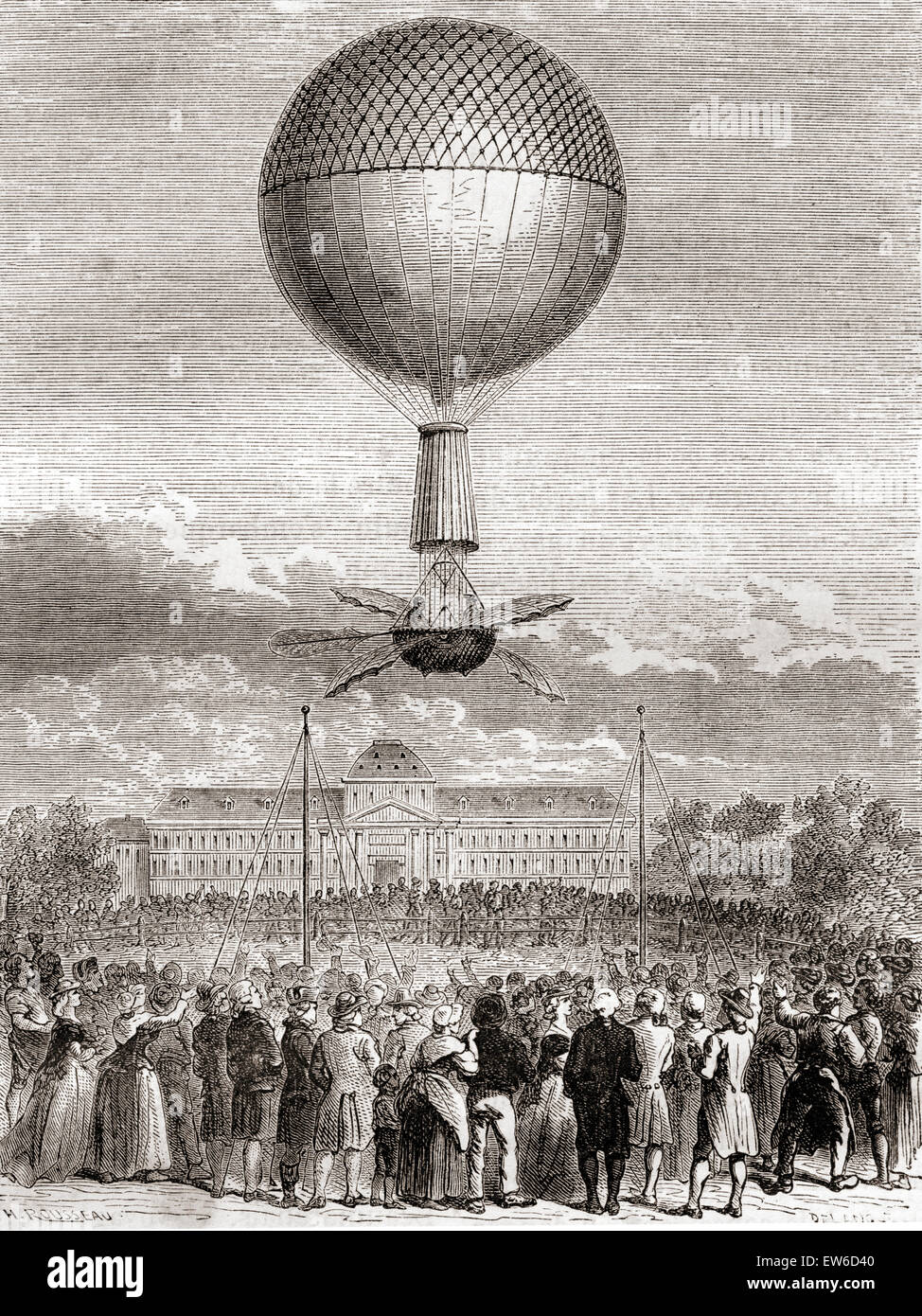BALLOONS: WHAT HAVE THEY EVER DONE FOR US?
by
Squadron Leader Alan Riches
In 1996 the Royal Air Force Historical Society established, in
collaboration with its American sister organisation, the Air Force
Historical Foundation, the Two Air Forces Award, which was to be
presented annually on each side of the Atlantic in recognition of
outstanding academic work by a serving officer or airman. It is
intended to reproduce some of these papers from time to time in the
Journal. This one was the winning RAF submission in 2001. Ed

Introduction
One of the more enjoyable aspects of my job in Defence Studies
(RAF) is giving lectures on air power to University Air Squadron
students. I often start by asking them the following question: when
was a manned aircraft first used for a military purpose? A simple enough question; however, although there are often a number of
‘spotters’ in the audience, no one has yet given me the correct answer.
In fact, it is widely accepted that the first military use of a manned
aircraft occurred on 26 June 1794, when the French used a balloon to
observe Austrian troop movements at the Battle of Fleurus. I use this
question to make two points: firstly, that air power is not just a
twentieth century phenomenon – its history goes back over two
hundred years; and secondly, that for the first half of its history, air
power could only be generated by means of the humble balloon.
Given that balloons have played such a seminal part in the history
of air power, it is perhaps surprising that so little has been written
about their use. What may also be surprising is the wide range of
military uses to which the balloon has been put. British Air Power
Doctrine (AP 3000 3rd Edition), which was published last year,
identifies seven core capabilities of air power and outlines the roles.

That are derived from them. For those who are not familiar with this
publication, the seven core capabilities are: Information Exploitation;
Control of the Air; Strategic Effect; Indirect and Direct Air
Operations; Combat Support Air Operations; Force Protection; and
25
Sustainability. The purpose of this article is to show that a role for
balloons has been found, or at least envisaged, in respect of all seven
core capabilities.
It is important to stress at the outset that I shall only be considering
the use of balloons - not airships, dirigibles, blimps or zeppelins. The
addition of a source of power – other than the wind - makes for an
entirely different kind of platform, one which is beyond the scope of
this article.
READ ON
READ ON

No comments:
Post a Comment